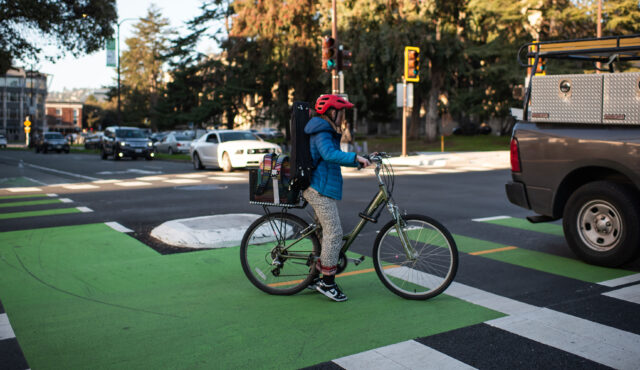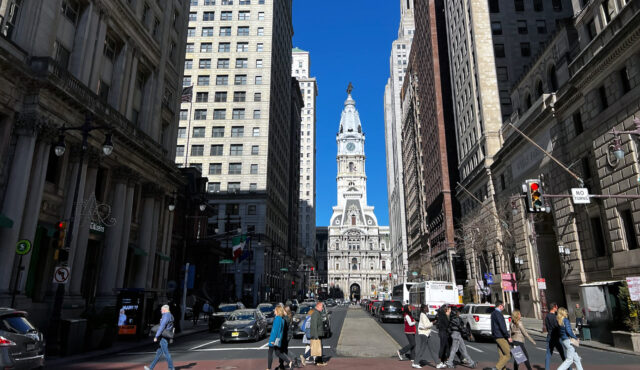
Aaron Gordon offers a powerful and emotional critique of traffic safety in New York City (Vision Zero is the Wrong Goal, Jalopnik, August 20, 2019), focusing on the awful death toll of 19 bicyclists in the City this year already, compared to 18 in the whole of last year. He has legitimate concerns and plenty of good suggestions to help fix the problems – but undermining or blaming Vision Zero cannot be the right response.
After all, if zero isn’t your goal…what is an acceptable number of fatalities and serious injuries?
Since New York adopted Vision Zero in 2014, The City has had record low numbers of traffic fatalities. The number is still way too high, and each fatal crash is an indescribable tragedy to family and friends of the victim…but changing a 100 year-old system built on engineering, education, and enforcement programs that have failed to prevent traffic crashes cannot be done overnight.
Vision Zero is a Campaign. Systemic Safety is the End Goal
Remember that Vision Zero is the branding that sits in front of a “safe system” approach. This approach is making possible some dramatic systemic changes to New York City streets to address safety problems before they cause serious or fatal crashes. The various countermeasures aimed at eliminating or dramatically reducing left-turn vehicle conflicts with pedestrians crossing the street is a good example of proactive, system-wide changes that likely would not have happened without Vision Zero’s safe system approach.
Indeed, one could argue that many of the recent and notable infrastructure changes in New York City that make walking and biking easier, safer, more comfortable and convenient simply would not have happened without the impetus of Vision Zero. And of course, there’s a lot more yet to be done.
In addition to proactive changes, there is also a need to respond to every fatal crash that happens so that problems can be fixed immediately where possible. Boston’s Vision Zero program does a good job of balancing systemic change with a rapid multidisciplinary response to individual crashes.
Changing the system isn’t a linear process
Another reality is that progress isn’t going to be consistent across modes, in different parts of the City, among different demographic groups, or from year-to-year. Even in Sweden, where the program started, crash numbers went up for a couple of years after its adoption. What’s key here is for the city to have a transparent, data-driven prioritization process – with the data comprising not just fatal and serious crashes but also community input – so people can see where and why attention is focused on particular crash types or locations or roadway designs.
It’s also important for the city to be flexible enough to respond to new priorities as they emerge (such as this year’s alarming rise in cyclist fatalities) without throwing out the safe system approach. Again, it’s not much comfort, but perhaps it is useful to know that certain crashes involving bicyclists remain tough challenges for cities like Copenhagen and Amsterdam, famed for having fixed so many other problems. Right-turning trucks and buses crossing the path of bicyclists going straight ahead is one such example.
There’s cause for worry – but it’s not time to abandon ship.
Gordon is right to worry about increases in cycling leveling off. Reducing vehicle miles traveled and getting more people out of cars and onto transit, walking, biking, or scooters is a massively underestimated Vision Zero strategy. New York City is reflecting national trends both in terms of use and safety. Ironically one potential downside to Vision Zero is the fear factor it can inadvertently create.
Distracted driving and speed are clearly contributing to both trends. Cultural change and system-wide roadway redesign is a big undertaking that requires persuasive arguments, political courage, and effective proven countermeasures.
That’s an argument for doubling down on Vision Zero, not throwing it out as a failure.



